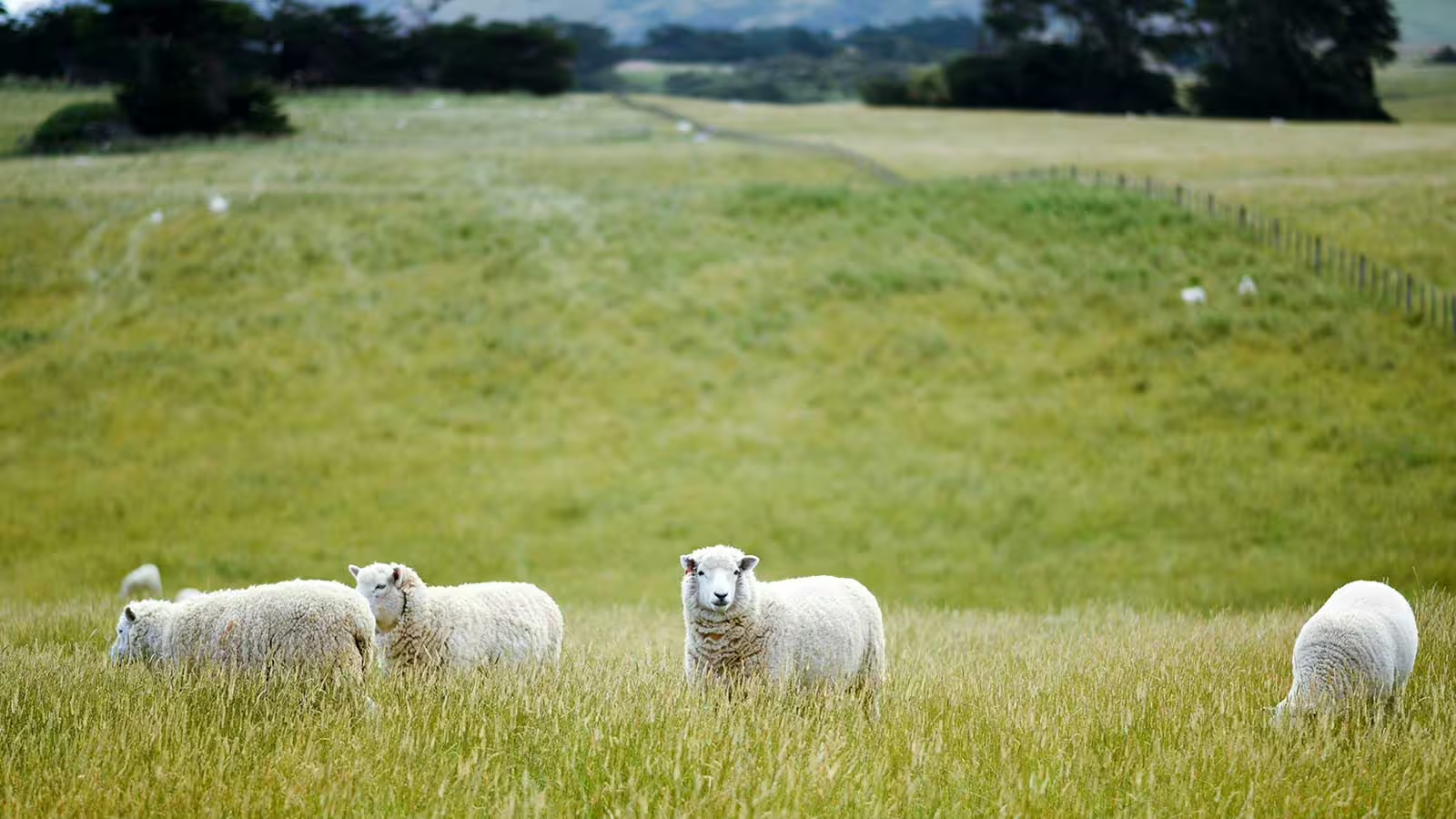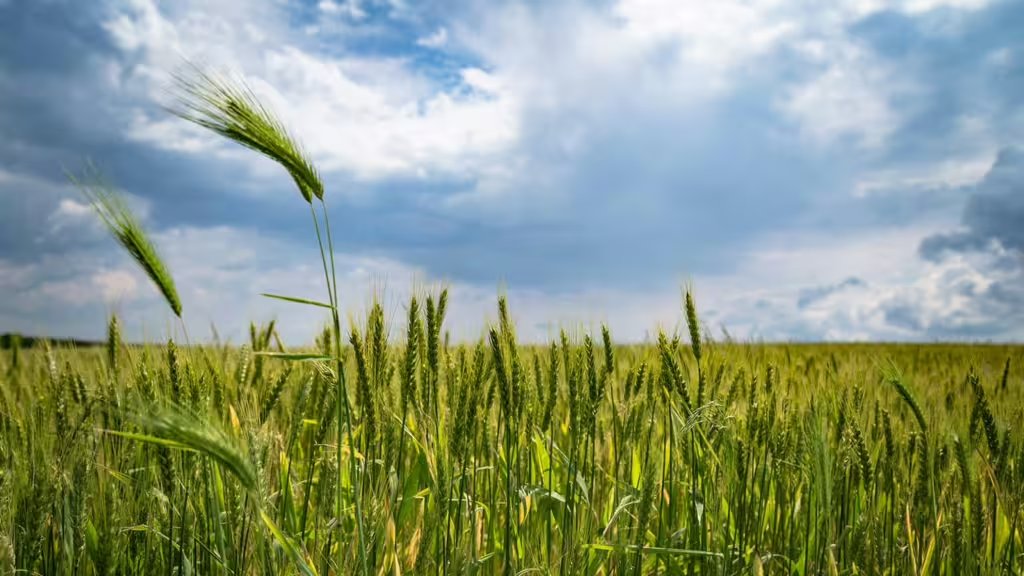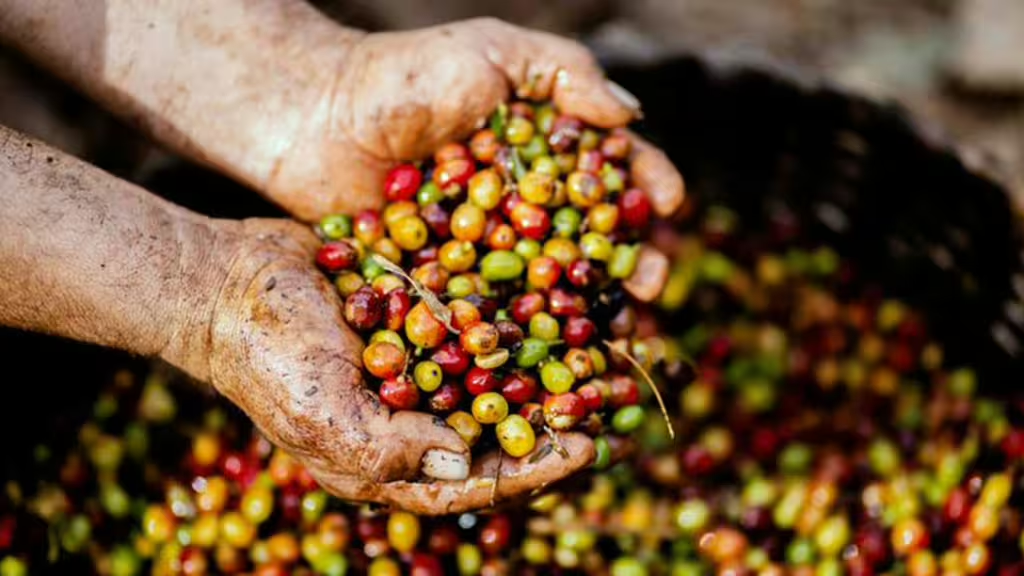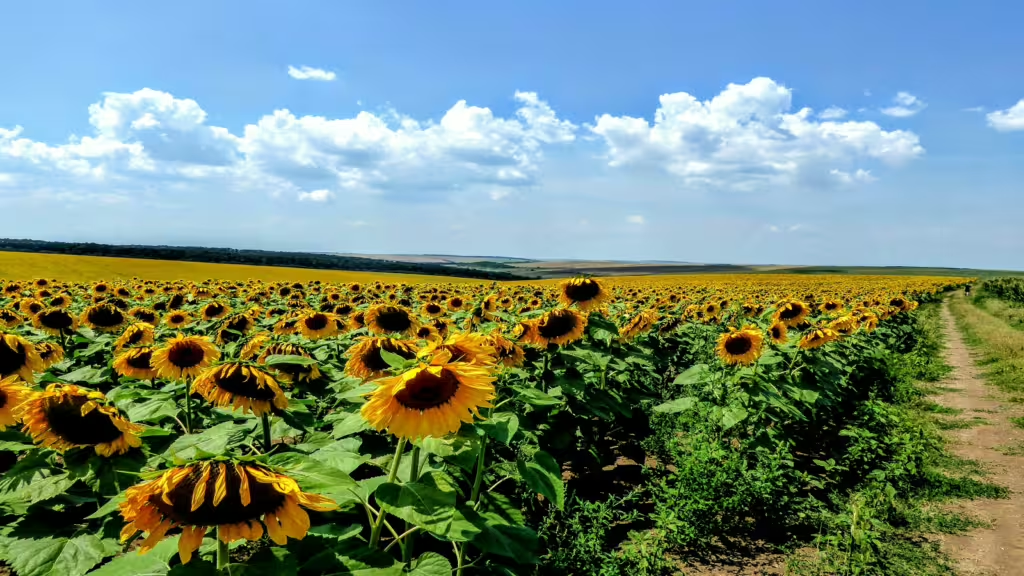This impact story is part of a series featuring companies that are members of One Planet Business for Biodiversity (OP2B)/ World Business Council of Sustainable Development (WBCSD). Through these stories, we aim to showcase our members’ commitment to driving the transition to regenerative agricultural practices, the impact on farmers and the role OP2B plays in supporting this transformation.
Kering, the global fashion group behind brands like Gucci, Saint Laurent and Balenciaga, is setting a new benchmark for corporate responsibility in the fashion industry. They are working toward mitigating its environmental impact as well as actively working to restore ecosystems, Kering launched the Regenerative Fund for Nature in 2021, with an initial investment of €5 million over five years. The fund aims to transition one million hectares to regenerative agricultural practices by 2025, focusing on the group’s key commodities such as wool, leather, cashmere and cotton.
Rachel Kolbe Semhoun, Head of Sustainable Sourcing and Nature Initiatives at Kering, is working on the company’s ambitious efforts. “We are on target to achieve this,“ says Semhoun, underlining Kering’s commitment to restoring the lands from which it sources materials. By 2023, 659,000 hectares were under regeneration, benefiting 48,600 people across nine projects in seven countries.
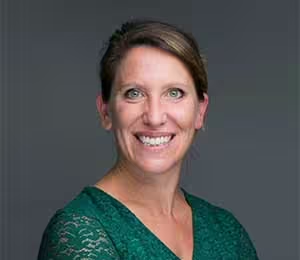
Kering has also pledged to protect an additional one million hectares of critical ecosystems annually. This dual approach – regenerating within its supply chain and conserving outside of it – reflects the company’s broader responsibility to global biodiversity. “Our approach is comprehensive,” Semhoun notes. “It’s about stewardship on a global scale, not just where we source our materials.”
Kering demonstrates its commitment through a range of global projects, highlighting both the opportunities and challenges of regenerative agriculture.
France: sheep wool & leather in the Lot region
In France’s Lot region, farmers face the challenge of sustaining livestock and protecting biodiversity in a changing climate. The Epiterre project, one of the Regenerative Fund for Nature’s grantees, introduces regenerative practices such as cultivating sainfoin, a leguminous crop that enhances soil health and provides resilient fodder for sheep. However, convincing farmers to shift from traditional methods remains difficult due to economic uncertainty.
To further support local farmers, the project offers Payments for Environmental Services (CPSE) contracts, which compensate them for their ecological contributions. “This approach supports farmers during the transition to regenerative agriculture and recognizes their ecological efforts,” explains Semhoun.
I have better yields with sainfoin than alfalfa; more should learn to understand their land better.
Farmer Patrick Rames
While challenges like drought have impacted some efforts, the success stories are encouraging. The project continues to empower farmers with innovative strategies, positioning them to thrive in the face of climate variability.
Spain: goat leather in Extremadura
In Spain, the Fundación Global Nature (FGN) project, another Fund grantee, plays a crucial role in preserving traditional goat grazing systems, which are vital for maintaining biodiversity. By managing over 11,000 hectares under regenerative practices, the project not only enhances the region’s ecological health but also strengthens the livelihoods of goat herders.
Semhoun highlights how the traceability system benefits farmers by ensuring that the value generated from regenerative practices directly reaches them. This system was developed through a study mapping the leather supply chain in Spain, pinpointing key areas where value could be added for farmers. As a result, interest in these methods is growing, with farmers increasingly recognizing the economic and ecological benefits they offer.
South Africa: sheep wool in the Eastern Cape
In South Africa’s Eastern Cape, rangeland degradation threatens both ecosystems and livelihoods. Through a partnership with Conservation South Africa (CSA), Kering has helped over 400 farmers adopt sustainable grazing practices across 13,660 hectares, with a strong focus on empowering women.
Traditionally responsible for small livestock, women now make up over 50% of local grazing associations. They have gained direct access to wool markets, bypassing intermediaries and boosting their income by 320%. “This project is impactful because it empowers women while restoring critical ecosystems,” says Semhoun. With training in wool processing and farm management, these women are driving both ecological restoration and economic resilience in their communities.
OP2B has a strong role for Kering in aligning on global standards
Kering recognizes that collective action is essential for systemic change. As a member of the OP2B coalition, Kering works with other member companies to promote regenerative agriculture and biodiversity conservation globally.
“OP2B has been instrumental in aligning our practices with global standards and amplifying the impact of our initiatives,” says Semhoun. The coalition serves as a platform for sharing knowledge, developing best practices and advocating for policies that support regenerative agriculture. By collaborating, OP2B members can leverage their influence to drive meaningful change across industries.
Kering’s commitment to regenerative agriculture is not just about reducing its environmental footprint, but fundamentally changing the relationship between fashion and the natural world. Through strategic investments like the Regenerative Fund for Nature, innovative projects at farm level and collaboration within global coalitions like OP2B, Kering is setting a powerful example for the industry.
Regenerative agriculture is not just a trend—it’s a necessity for the future of our planet. And with the right partnerships and innovations, it’s a goal we can and should all achieve.
Rachel Kolbe Semhoun, Head of Sustainable Sourcing and Nature Initiatives at Kering
Regenerative agriculture is a critical solution to transform the way we produce food, feed and fiber, benefiting the climate, nature and people. Over the next few years, the OP2B coalition will focus on unlocking three strategic levers to scale up regenerative agriculture: harmonizing measurement, fostering collaborations to support farmers’ transition and advocating for policies that create an enabling environment.
Outline

